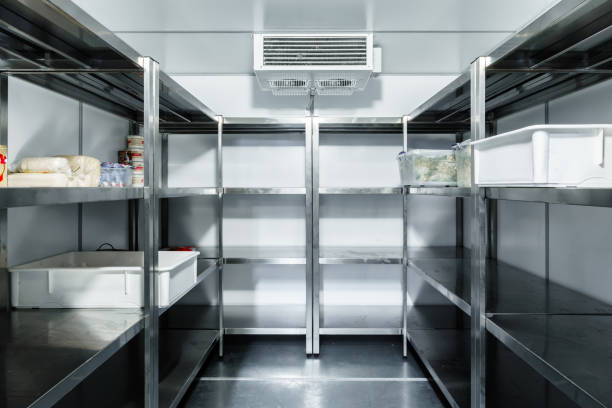In 2017, Scott split the Spark line into two branches. SparkRC (like the racing concept), and the standard Spark it is much easier than a pure platform path.
Scott Spark 900’s “standard” model ($ 5,600) tested here includes 29mm 120mm front and rear wheels, long / less / perfect tire geometry and a 24 month development process, one new axial lock is the purpose of the suspension system , The rack should support the upper, but still provides little soft compatibility to its imperfections. Finally, there are 39 Spark models (including RC, Standard, Plus, Women), most in both versions 29 and 27.5. Scroll down to get full specs of test bikes, key geographical details, plus minus, and a full-length overview.
There is really no reason to buy a bike like Scott Spark RC unless you are already a cross-country rider or just a little rider. With its sharp corners and short journeys, it has a very narrow, comfortable window. On the other hand, Scott Spark’s device is a completely different animal. For many riders, bikes like the Tamer Trail 120mm / 120mm 29er claim to be close to the ideal you can achieve – especially if you only have one bike.
Taking into account the roots of the Scott Genius, Spark 2017 is easy and efficient enough to handle a great climb. However, plus squats, short stays and slow terrain (head angle of 67.2 degrees), most trucks can be loaded without going head to head. Obviously, this is not an offer to keep hope. You have to choose the line skillfully. However, in the hands of a mediocre skilled pilot, Scott Spark has a very sweet spot, from the XC race this weekend to the bustling single.
Frame and rack
There were two reasons why Scott stayed away from the shock that was attached to the tube top in the previous model. At Spark’s first launch in 2016, Joe Higgins, president of mountain bike engineering, admitted that the previous racks had been lacking support for the top of the shock absorber. Scott initially tried to address a problem within the design boundaries of the old installation, but just did not work. So … they started again with the goal of separating the tire hardness area (bottom half) from the comfort zone (top half).
Instead of strengthening the upper tube area to fit shock shocks, another ring was placed near the bottom slide. This area already needs rigidity to maximize throughput. At the same time, the reflective top tube features a softer and more compatible style. “All of this adds to a more efficient structure,” Higgins added.
Aside from marketing, the key point here is that the new single-axle swing link design allows Scott to increase the stroke’s initial lifting rate, facilitating shock compression and increasing the sensitivity of small shocks. I mean. However, thanks to the more stable advantage ratio, bikes have more support from hills and better support from the middle and lower resistance. At least that is what Scott told us at the time. Check to see if it works right away.
Scott has also moved to a regular permanent base now. This allows the trauma body to stretch.



